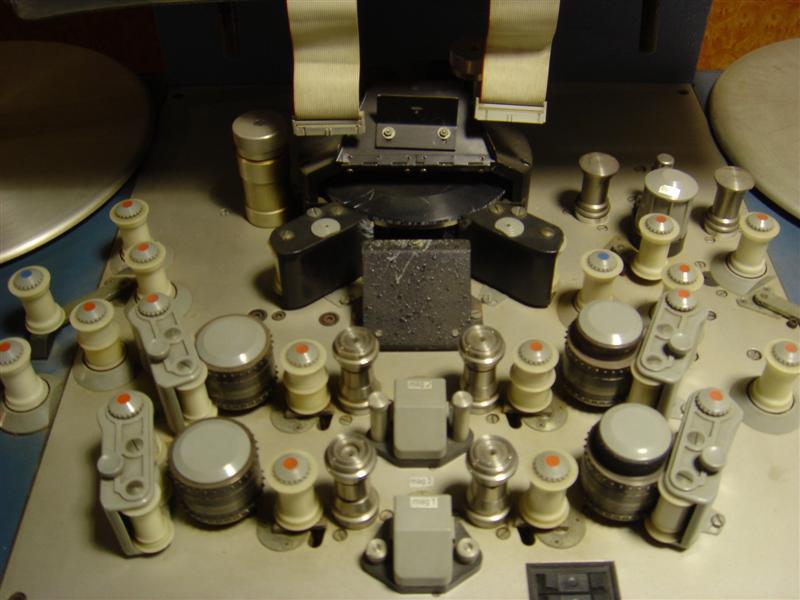
History of Editing
Back at the beginning of cinema movies did not incorporate any form of editing, there were many reasons behind this decision with some being the lack of technology and others being the lack of understanding of what the audience would enjoy "the very earliest filmmakers were afraid to edit film shots together because they assumed that splicing together different shots of different things from different positions would simply confuse audiences." (Cite, 2020). This lack of understanding of the audience hindered progress within cinema through directors underestimating their audiences and therefore wanting to take fewer risks when it comes to their work, in fear of failure.In the early days of editing, the footage was recorded on physical film and was cut and stuck together where a cut would take place. Robert W. Paul created the film "Come Along, Do!" which was one of the first films to use editing techniques like this before this films would only be made up of one-shot and because of this very little camera movement was used. During this time most editing was done by women due to the similarities in sewing this meant that women played a big part in the early development of film. The reason women were in charge of editing at this time was due to it being seen as a tedious task that people at the time viewed as unimportant so anyone with any experience was hired to fill its role, with women with experience in sewing prioritized when hiring due to the similarities between these jobs. "The finishing of pictures—the cutting and titling, has been, until quite lately, the most neglected branch of motion picture production. Nobody, with one or two conspicuous exceptions, paid any attention to it. It was a case of let Jakey cut the picture and Lizzie, the Typewriter, title it." (Woods, 1917).
Advancing from this early stage in film editing the Moviola was created to help editors view the film while editing it. It was invented in 1924 by Iwan Serrurier. This advanced the editing process by allowing the user to study the film and know where exactly they want the cut to be, therefore creating smoother transitions to cuts and making the finished product look better. Coming from this the flatbed editor rolls picture and sounds onto separate motorized disks called "Plates" each set of plates moves forward and backward separately while a prism reflects the film image onto a projector screen.
Before Non-Linear editing was around, film was edited through the literal cutting and taping of the film, this was a long a tedious process that limited what the editor could do As each clip must be laid down, you would not be able to go back to make a change without re-editing everything after the change, the only real pro for linear editing is its simplicity. Non-linear editing system or non-destructive editing is a form of editing in which the original content is not modified in the course of editing, it is instead modified in specialized software and is a more modern way of editing that contrasts Linear video editing, non-linear editing allows editors to go back on their edits with ease, a prime example of non-linear editing would be premiere pro or final cut.
Digital forms of editing came about in the 21st century and allowed movie editing to be completed on computers. this was undertaken through a series of different software's throughout the years such as CMX-600, Edit Droid, Avid 1, Final Cut and Premiere Pro, with the latter two being the most modern and up to date styles of editing. The CMX-600 was one of the first digital editors and was created by CBS and Memorex. The machine uses two screens for output, one being used to select options and another to show a preview of that edit. The user uses a pen to input their decisions. Although this was a huge development in the editing process it still had plenty of downfalls such as the huge power consumption and the difficulty of storing the film. More modern editing software like Final Cut and Premiere Pro and are non-linear editing software with premiere pro first being introduced in 1991 on the Mac OS not long after this Final Cut was developed as well, these two editing software's are still going to this day and are continuously updated offering filmmakers an effective way of editing.


Reference List
Cite., (2020) Movies and Film: Fade In: A Brief History of Editing [Online]
Available from:
https://www.infoplease.com/features/movies-tv-and-music/movies-and-film-fade-brief-history-editing
Frank Woods., (1917) Moving Picture World [Book]
No comments:
Post a Comment